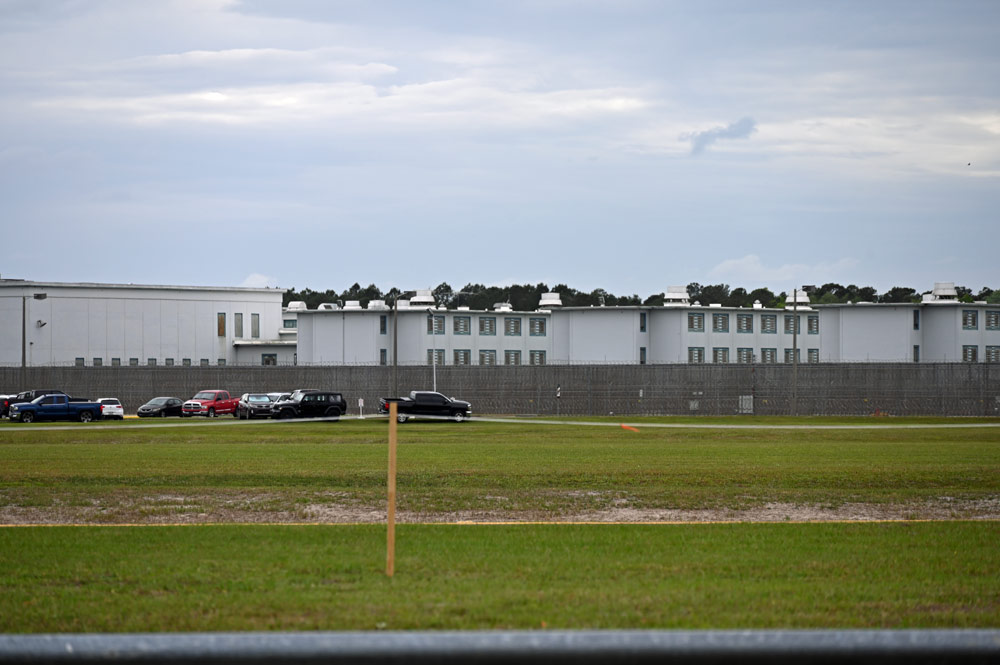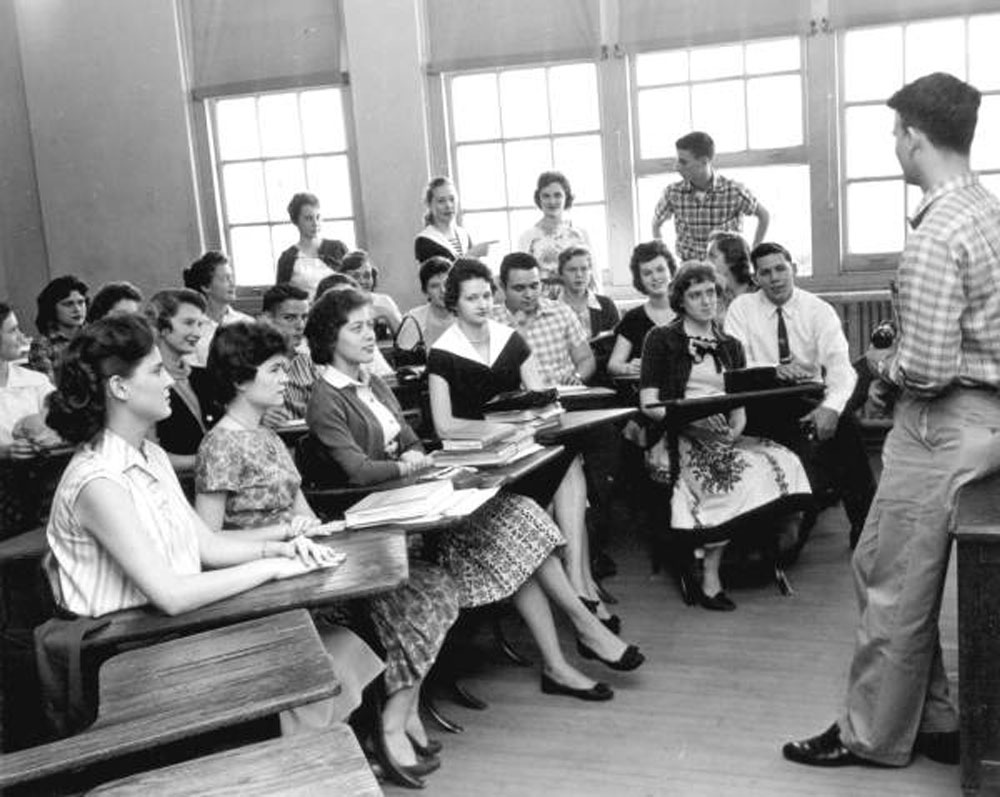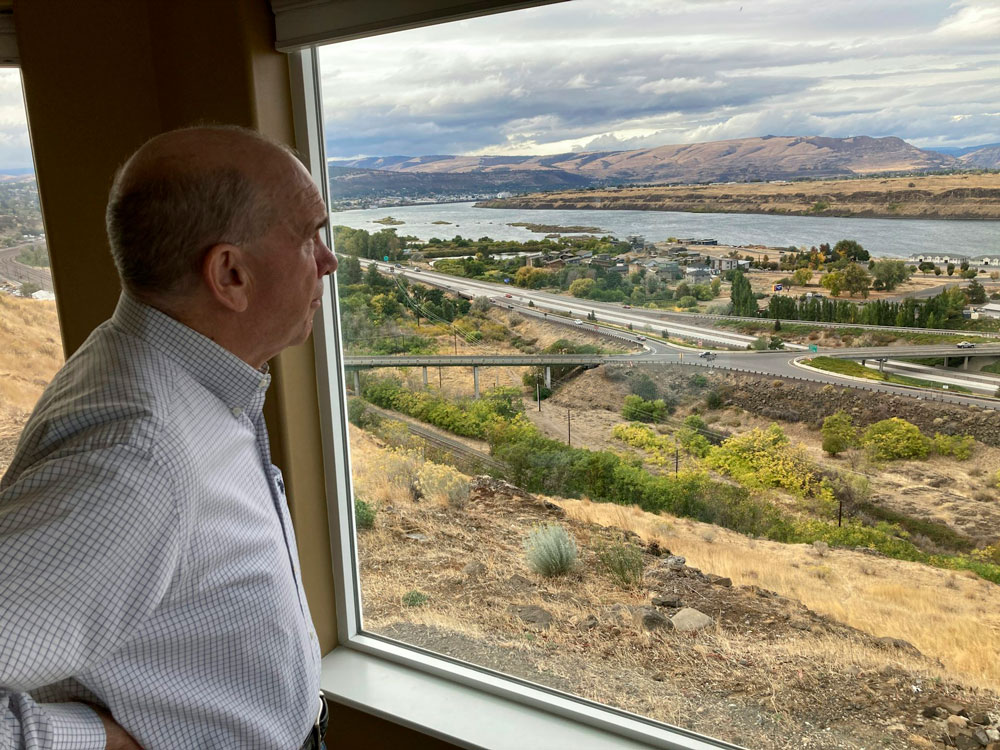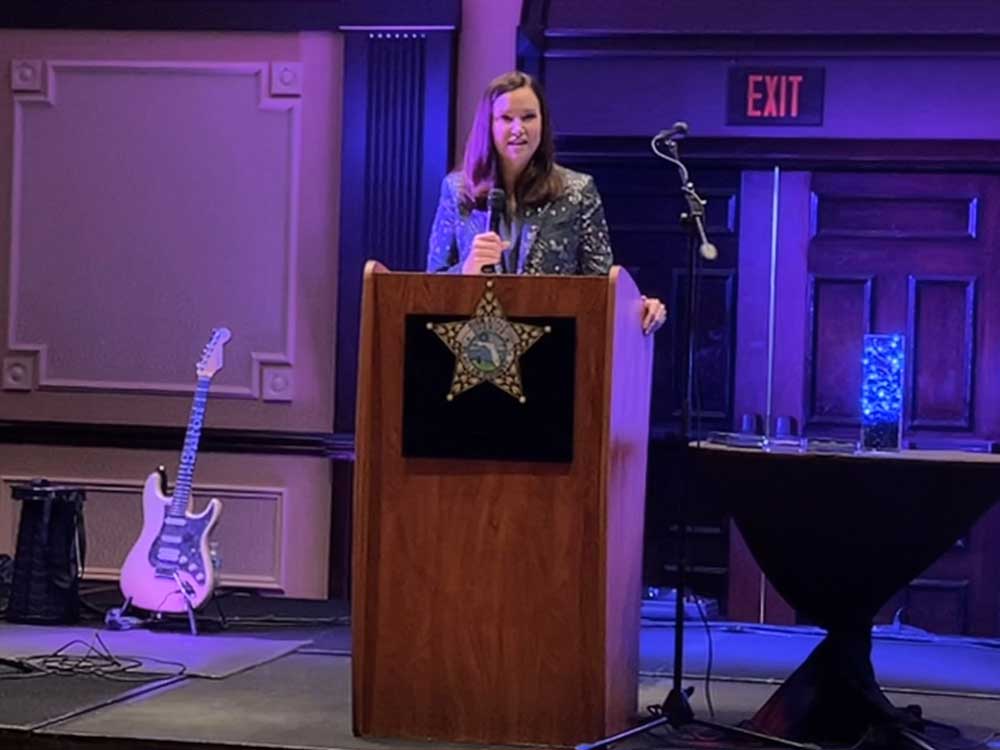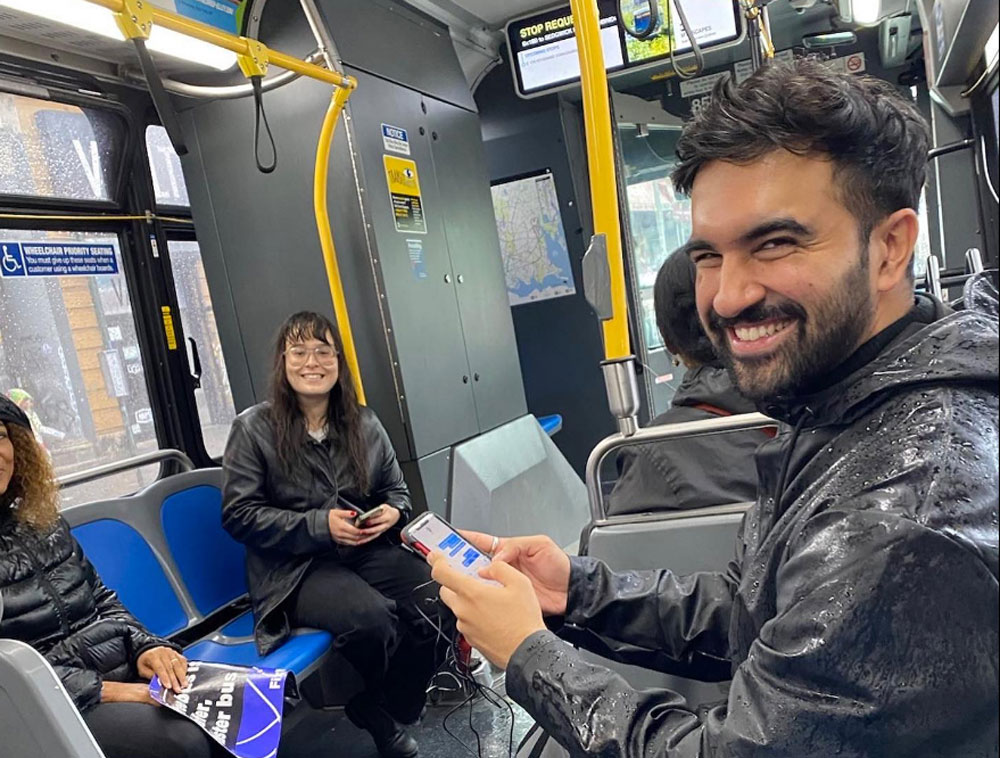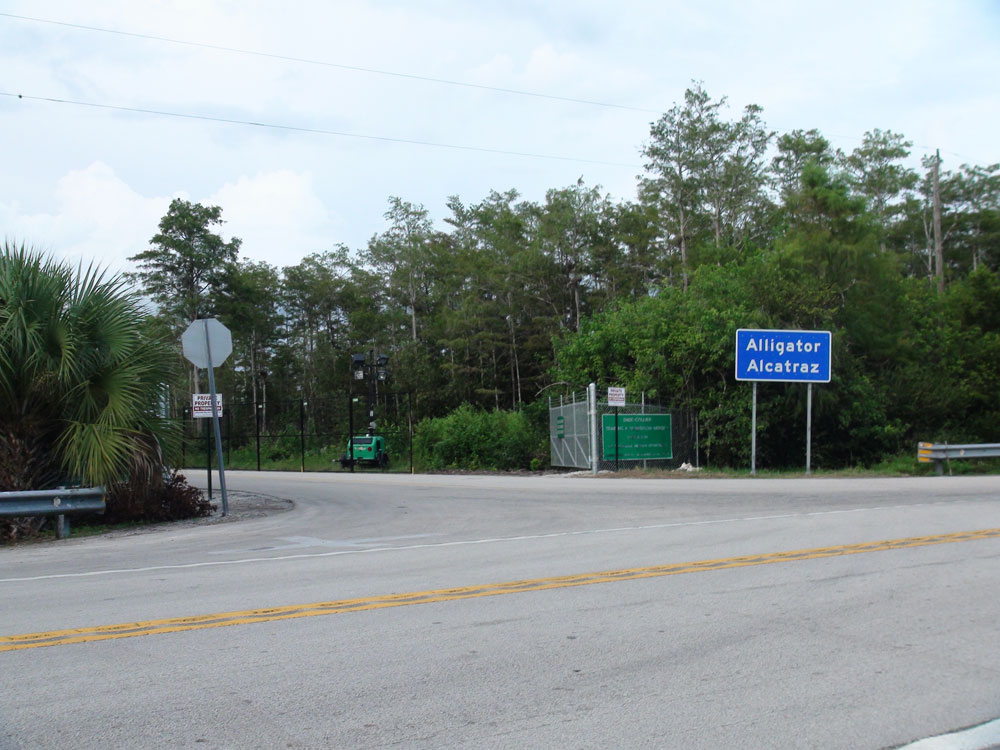Written by Kendall Deas
School voucher systems, which enable families to pay for private school tuition with public funding, have grown in popularity.
There are currently voucher programs in place in 13 states as well as the District of Columbia.
Furthermore, there are universal private school choice programs in 15 states that include tax credit scholarships, education savings accounts, and vouchers.
As the Trump administration pushes for wider adoption, more states are taking school choice and voucher programs into consideration.
In the United States, school vouchers have a lengthy history.
In rural Vermont and Maine, the first vouchers were distributed in the 1800s to assist children from thinly populated communities in attending public and private schools in neighboring areas.
Segregationists utilized vouchers to prevent school integration following the 1954 Brown v. Board of Education ruling by the U.S. Supreme Court, which held that racial segregation of students in public schools was unconstitutional.
School voucher systems have been promoted more recently as a way to give kids from low-income households access to high-quality educational opportunities.
I can discuss how current policies have deviated from attempts to serve low-income Black children since I am a scholar with expertise in education policy, law, and politics.
History of school voucher programs
More recent support for school choice, according to research from education history specialists, was based on a commitment to empower Black pupils rather than a plan to privatize public schools.
As school voucher ideas gained traction, they changed over time to become incentives for middle-class families to send their kids to parochial and private schools.
Education savings account schemes and vouchers financed by tax credit donations are now included in school choice legislation.
Money from public schools, many of which serve Black pupils, can be diverted through vouchers.
Impact on public schools
Language from civil rights advocates advocating for equal access to high-quality education for all children has been used by states seeking to introduce or expand school choice and voucher programs. For instance, they argue that, as citizens of the United States, all families and students should have the civil right to choose their schools. However, evidence indicates that school voucher systems can negatively impact public schools serving Black students in a number of ways and exclude Black students.
With weaker tax bases to support public education, schools in primarily Black communities are disproportionately impacted by voucher programs.
Racial segregation has been associated with school voucher programs since the Brown v. Board decision. These schemes, which permitted white families to move their children from diverse public schools to private ones, were occasionally utilized to evade integration efforts.
In actuality, school voucher systems frequently make racial and economic segregation worse, a tendency that persists to this day.
For instance, voucher-funded private schools are not necessarily obligated to follow public schools’ antidiscrimination guidelines.
Additionally, school voucher programs may have a detrimental effect on the standard of public schools that serve Black pupils.
Public schools for Black pupils frequently saw dwindling enrollments and diminished resources as some of the best and brightest students left to attend private or parochial ones.
Families claim that predominantly Black schools in places like Macon, Georgia, lack resources since so many of them enroll in mostly white private schools through the state’s voucher-style scheme.
Furthermore, the price of attending a private or parochial school can be so high that Black families still find it difficult to pay for their children’s education even with a school voucher.
Vouchers can siphon school funding
Voucher programs in Ohio cause majority Black school systems, like the Cleveland Metropolitan School District, to lose millions of dollars in education financing, according to research from the Economic Policy Institute, a nonpartisan, nonprofit think tank with headquarters in Washington, D.C.
Due to weaker tax bases for public school funding, schools in mostly Black neighborhoods around the United States are disproportionately impacted by voucher programs.
The Marion County School District in South Carolina, where roughly 77% of the student body is Black, serves as another illustration.
Marion County is located in the center of the state’s “Corridor of Shame,” an area notorious for its low levels of student accomplishment and insufficient financing. Due to a lack of industry, the 17 counties along the corridor are primarily minority communities with high rates of poverty and inadequate support for public schools.
During the 2024–25 school year, South Carolina school districts spent an average of US$18,842 per student.
Per-student funding in Marion County for the 2024–2025 academic year was $16,463.
In contrast, per-student funding exceeded $26,000 in the wealthiest county in the state, Charleston County.
Returning voucher policy to its roots
I contend that policymakers should address systemic imbalances in education to guarantee that all students have access to a high-quality education, rather than concentrating on school choice and voucher schemes that divert funds from public schools serving Black pupils.
It could be possible to steer school voucher policies back toward their original purpose by imposing limitations on their use and mandating favors for low-income Black pupils.
To stop prejudice against Black pupils, civil rights legislation should be strengthened and enforced.
All pupils, regardless of background, would have access to high-quality education thanks to these initiatives.
![]()
Kendall Deas teaches education policy, law, and politics at the University of South Carolina as an assistant professor.

